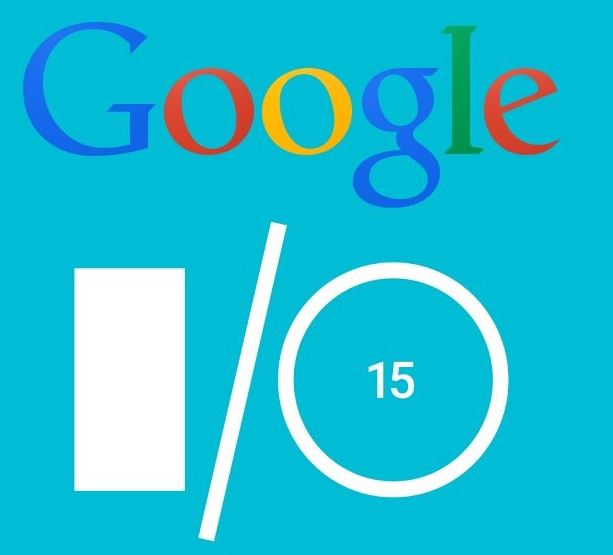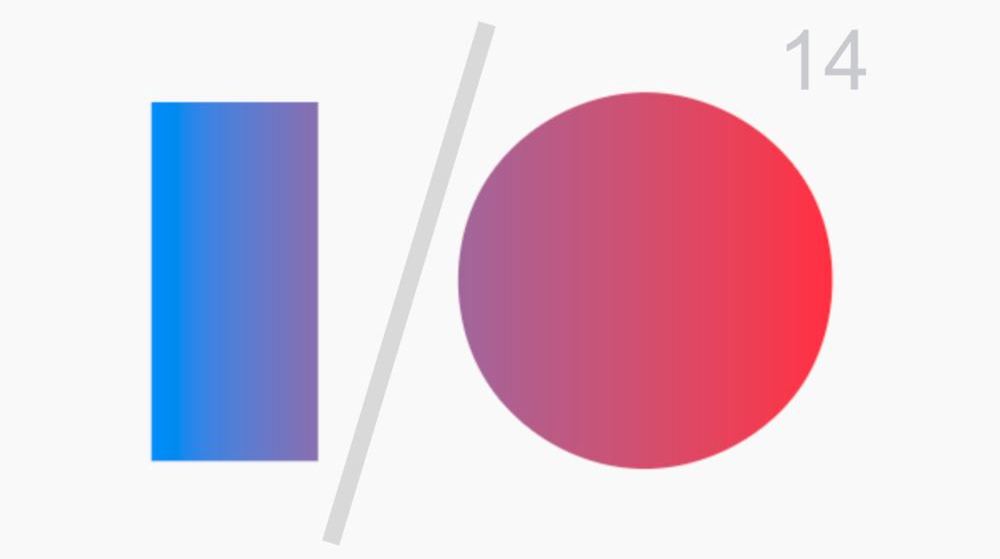Google I/O 2015
Keynote Highlights
SAN FRANCISCO – Last week, The Moscone Center West hosted one of the world’s largest games of Pong while Google presented the products and services it’s been brewing up for the past year. At the I/O keynote, Google showed primary focus on optimizing Android, complemented by a new Google Cardboard and a VR camera system […]

